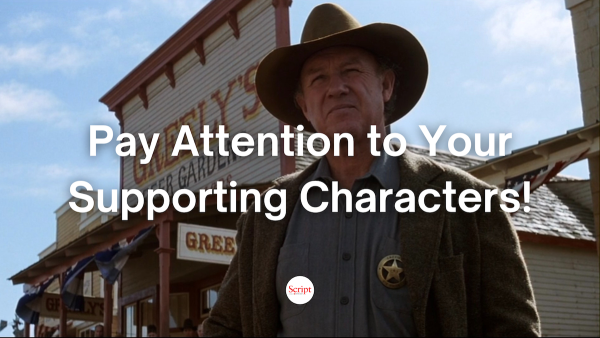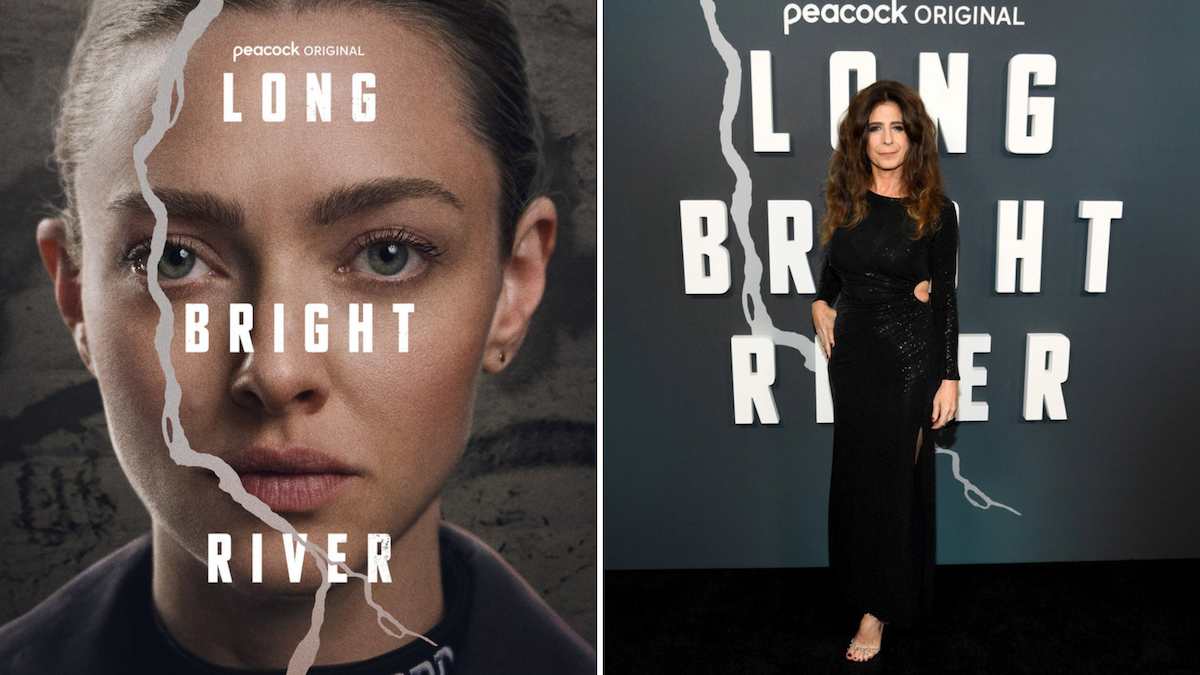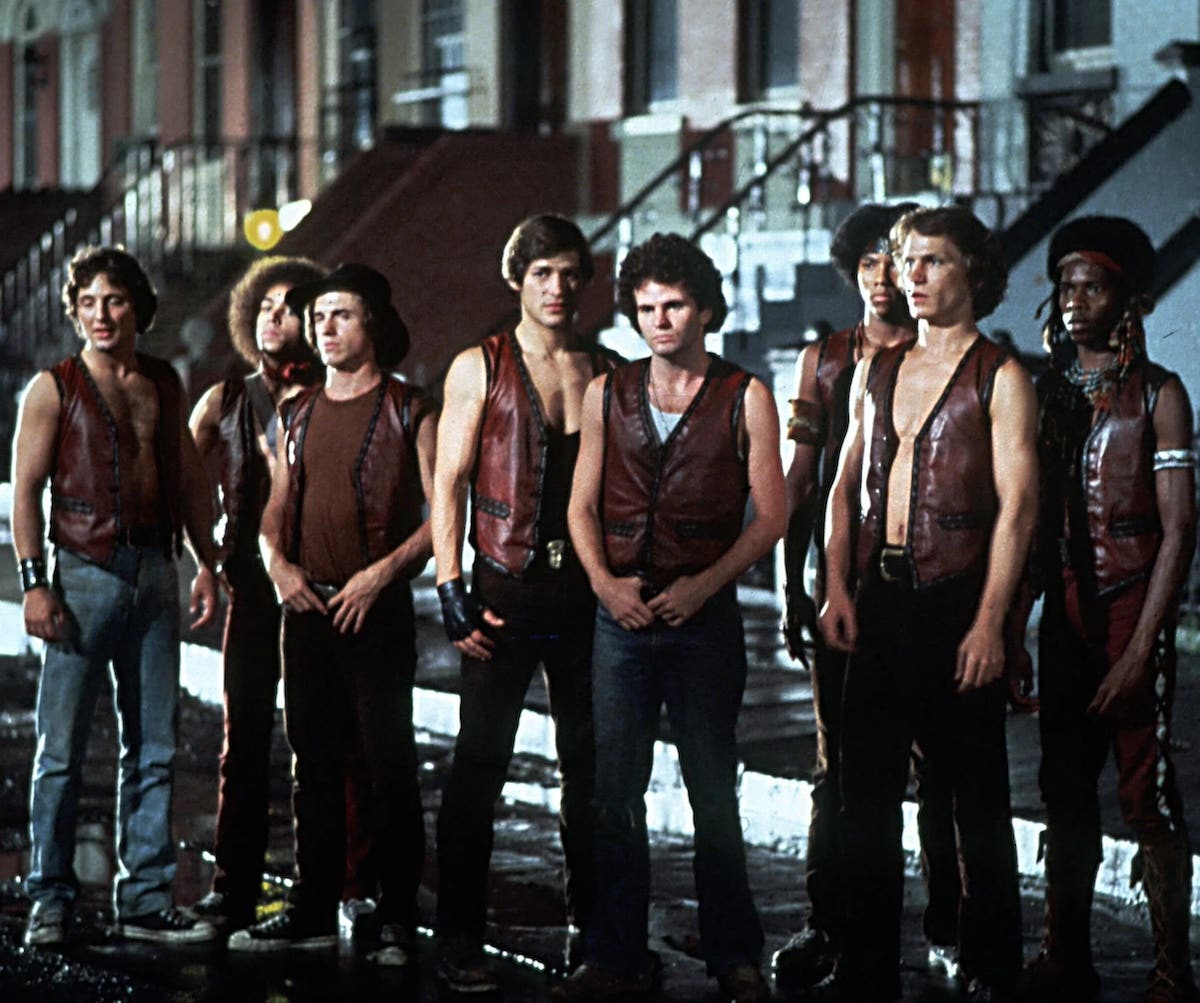BALLS OF STEEL™: Debate and Tips for Outlining a Script
To outline or not to outline. Jeanne Veillette Bowerman gives her tips for outlining a script and challenges you to explore new ways to start a project.
On a recent Scriptchat, Corey Mandell was our guest. When the subject of outlining came up, Corey chimed in that of the three specs he sold, one he outlined, the other two he didn't. He believes writers should develop the critical conceptual and intuitive skills to be able to explore different writing approaches to see what works best for them. A friendly debate about whether to outline or not quickly began amongst the participants. Apparently, we're all pretty opinionated and defensive about our outlining processes.
I actually found myself feeling I needed to apologize to the writers for being an outliner.
Let’s start this post off with a bit more honesty, shall we? A confession, so to speak. Sure, why not? I’ll go first…
While I love the value of an outline, I loathe starting new projects.
I have dozens of amazing ideas I’m bursting to write, but the thought of starting something from scratch, knowing it’s going to take months to get the first draft down, revs up every procrastination mechanism I know, and some I’ve never thought of before, but by damn, they work too.
I’ll pay lip service to a new project for months before I actually start. I need to digest it, mull it over, jot notes on little pads, big pads, on my iPhone, and in my laptop. I’m a note hoarder.
It usually takes some form of public humiliation to make me plug my nose and dive into the vomit pile of scribblings I’ve created and find the story that is buried inside. Last week, I did it to myself in Balls of Steel: Screenwriting Career Outlook and the Happiness Meter, by declaring a goal with Brad Johnson to finish the outlines of our new stories by July 12th.
I hate you Brad.
I said I was going to start that day. I lied. I didn’t start the next day either. I started on Saturday. Or was it Sunday? Whatever. All that matters is I did start! WOOHOO!
Then I stopped.
What is my problem, you ask? With close to 20 pages of research and notes, I was simply overwhelmed. I also set the bar too high on what I could accomplish in one day. Yep. Once I put my mind on a task, I can be a bit OCD.
Then it hit me. I can do this. A mere 20 pages in a Word doc was nothing compared to the 400+ pages in the Slavery by Another Name book I had to sort through while writing its narrative adaptation.
I got this!
My normal process is logline, synopsis, outline, new logline, draft one, new synopsis, rewrite, feedback, rewrite, rewrite, feedback, rewrite…
I’m suddenly seeing why I hate starting scripts… the beginning of the endless writing process. If I was going to get my head in the game, I needed a new way to look at this beast of a task. I needed to make it fun.
Pulling up my notes, I restarted my new story by jotting a quick logline to get me focused. Then I did a stream of consciousness word vomit of how I envisioned the protagonist’s journey. I forgot how much fun it is to unleash your mind of the bridles and run free.
Time to outline.
Over the years I took advice from varying screenwriting experts and created an outlining grid to help me find plot points and merge them with character development (note: you can download a free copy of what I use here). But this story has so many layers, I needed a fresh way to approach it. I needed to rip it down to an even more basic level and add layers one at a time.
I need the simplicity of 3x5 index cards.
When I was working on SBAN rewrite at Doug Richardson’s, he had me use index cards on a board to restructure the script. I had never done that before. I liked it… a lot. No time like the present to pluck them off my wall and toss up a fresh set for the new, shiny story.
Armed with a stack of clean cards, and too-few thumbtacks, I pulled up my Word doc and just started jotting down notes on cards, putting them in a stack. Some were detailed, others were vague. If I didn’t have a specific plot point in mind, I noted, “Write something really cool here for her to get out of this jam,” and I moved on to the next.
The point is, don’t get stuck on having to be detailed. Just get something on the page/index card. Something to feel forward movement. Give yourself permission to not have all the answers at this stage.
I haven’t made it through the 20 pages yet, but the story is starting to come together. I’ve even taken a few of those cards and tossed them in a “most likely will delete” pile because they weighed the story down.
Once I get through the pages of notes I have, I’ll post the cards on the board, tossing those that are compelling, adding more to fill in the holes, and switching up the order when the pace demands. That’s the plan anyway. It may change, as it should.
The most important part about outlining is not getting stuck in it. Just like you need to know when a script is finished, you need to know when to stop playing in outline land and write the damn thing.
One lesson I have learned over the years is no two scripts are written with the same process. At least not for me. Each time you write a new script, you learn something new about the craft and about your writing strengths and weaknesses. Be flexible.
Maybe even throw out the outline all together. I know plenty of novelists who never outline. They let their characters decide their fate. Granted, novelists have a lot more freedom than screenwriters do, as they can crawl in their characters’ heads and write their thoughts with no page limitations.
Since I love to experiment in my writing, I wanted to see what it felt like to craft a story with no roadmap, or at least a very minimal one. So, a few years ago, I took on the challenge of National Novel Writing Month (NaNoWriMo), writing a 50,000-word novel in 30 days. I learned a hell of a lot about my characters by setting them free.
But the reality is, as screenwriters, we do have some rules we can’t break, and the page count is one of them. Staying on track with an outline really does help your script from turning into a novel; at least it does for me.
My gut is, for most artists, outlining feels like shackles, so we resist. But outlines don’t have to stifle your creativity.
That’s why I do the stream of consciousness writing at varying stages of outlining. It’s a lot easier to whip out a Word doc and let my thoughts ramble for 30 minutes to find my way in my story than it is to write 30 pages of script, only to toss it after. I just write wild, serving my inner rebel, continually asking “what if?” until I come up with something that jazzes me, giving me goosebumps. Then back to the outline I go.
Another reality is you may not come up with the right idea for a scene or a turning point while you’re in the outline mode. Why? Because you don’t know your story and characters the way you will a few months from now when you’re writing the hell out of those scenes.
So at some point, you need to stop outlining and write.
Bottom-line, come up with a system that works for you. Don’t let someone make you feel you have to do it one way or another. But be flexible. Try a new way. With each story you start, implement a system you haven’t tried before.
For example, Brad Johnson wrote about sequencing in yesterday’s Specs & The City. Over the next four weeks he’s going to take us through the sequences of Toy Story. Believe me, I’m taking notes and will try applying some of his techniques into this outline.
I don’t hate you anymore, Brad.
Some seasoned writers are so intuitive they can do mental outlining, crafting an outline while driving, marketing, eating, running, etc. They have no need to formally write it down, they can simply pull up their software and start. I can guarantee you I will never be that kind of writer. My memory left my body when I birthed my kids. You mom writers know what I’m talking about. Placentas are memory snatchers.
Every writer is different. But one thing remains the same for all of us – if we don’t start a story, it will never get written. Do what you have to do to get your story out, even if it’s vomit. Break it. Give yourself a roadmap. But don’t be afraid to go off road. Get dirty. What’s the worst that happens? You throw the scenes or index cards away, or tuck them into a nice file on your laptop to use in another story.
I’m mixing up my system in hopes of finding one that makes starting a new script fun for me. That’s the only way I’ll get over my procrastination of beginning projects. I’ll let you know what process I ended up using once I have the outline done.
In the meantime, toss me some ideas of how you start your stories. Do you outline? Do you run wild? What gets you into the zone?
The reason Brad and I chose July 12th as our deadline date is because we both work full time. We set a realistic goal for ourselves. Why not join us? Maybe we’ll even set public goals for first drafts along the way too.
Hmm, I spy a potential ScriptMag writers’ group in formation. Maybe I’ll make a Facebook group, or a hashtag, or… see how easy it is for me to find ways to procrastinate?
Back to outlining!
Jeanne Veillette Bowerman is a Senior Executive at Pipeline Media Group and Book Pipeline, Editor-in-Chief of Pipeline Artists, Director of Symposium—a year-round conference in the arts, co-host "Reckless Creatives" podcast, partner at Fringe Press, former Editor-in-Chief of Script magazine and a former Senior Editor at Writer's Digest. Recognized as one of the "Top 10 Most Influential Screenwriting Bloggers," her "Balls of Steel" column was selected as recommended reading by Universal Writers Program. A compilation of her articles is now available at The Writers Store—Balls of Steel: The Screenwriter's Mindset. She is also Co-Founder and moderator of X's weekly screenwriters’ chat, #Scriptchat, and wrote the narrative adaptation of the Pulitzer Prize-winning book, Slavery by Another Name, with its author, Douglas A. Blackmon, former senior national correspondent of The Wall Street Journal. More information can be found on her website. X: @jeannevb | IG/Threads: @jeannevb_ | BlueSky: @jeannevb.bsky.social







